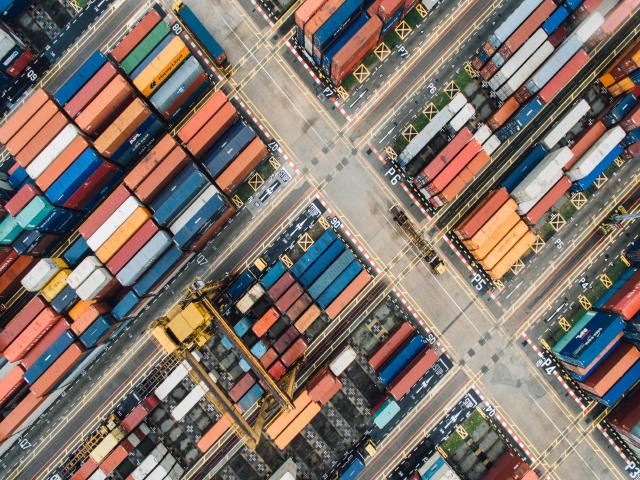5 Ways to Go Further With Asset Management

Your asset management solution should be doing far more than telling you what you have and where it was last.
In previous years, asset management solutions focused on two primary metrics: what you have and where it was last located. However, today, most asset tracking systems have moved beyond two dimensions with automatic identification technologies to determine the condition of an asset, when it was last serviced, or any environmental changes may affect its function.
Based on our experience, here are 5 examples of how asset management solutions are being used today that companies can benefit from.
(1) Track Your Inventory Replenishment
The constant challenge for lean manufacturing environments is to minimize the amount of inventory stored on the line, but also sufficiently maintaining the flow of parts and components needed to keep production moving.
Many manufacturers are now using real-time asset tracking to prevent the crippling disruptions to the assembly line. By implementing RFID-based asset management solutions, companies can track inventory replenishment from storage to the factory floor and eliminate the delays in production and the waste of surplus product on hand.
(2) Track Totes or Reusable Containers
If you are responsible for managing your own pool of returnables, then tracking the location of these reusable assets is absolutely critical. It is not uncommon for companies to spend millions dollars a year to replace reusable containers that have been lost or stolen.
However, by tracking these reusable items with 2-D barcodes, RFID, or GPS trackers, these costs can quickly be recouped. From order fulfillment, shipment, and then delivery, each reusable tote can be tracked and identified, virtually eliminating the chance of misplacement.
(3) Manage Your Work-In-Progress
The value from a real-time locating system, or RTLS, is in knowing where your assets, inventory, or work-in-process are located when you need them.
By including RFID tags within the production line manufacturers are now tracking not just the immediate location of an item, but the historical and other related data. In this scenario, it is now possible to collect information about which department or zone the product has moved through, which processes were completed, the current status, or even estimated completion times based off of specific business rules.
(4) Improve Your Yard Management
Yard management can be one of the most readily improved processes with the right asset management solution. By using GPS or RFID tags, yard operators can know with 100% certainty where a trailer is and direct traffic accordingly.
Often, GPS telemetrics are already installed on these trailers. By leveraging this data, yard management systems can take a feed from a GPS device and tie that to a location within the Yard Management System. When it comes time to move that trailer to the dock, mobile software can now direct the tractor to the right location and eliminate wasted search time.
(5) Get Smart With Better Technology
As RFID technology evolves, new tags are coming to market with far more memory and capabilities previously developed for tracking basic movement. There is a rising development of “smart tags” with configurable memory that can manage information just like a hard drive.
Information on these tags can be written, overwritten, and appended. The value of this sort of solution is especially important in maintenance and repair operations as years of maintenance history can be maintained on a single tag. These tags can be combined with sensors to record information about the operating environment, such as heat, humidity, and vibration, which might be relevant to that item.